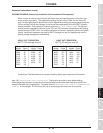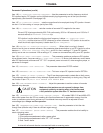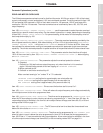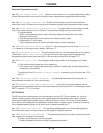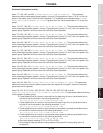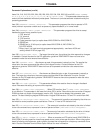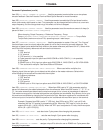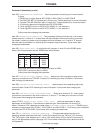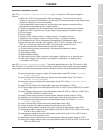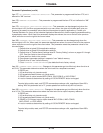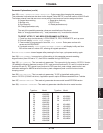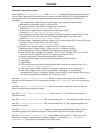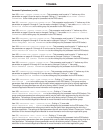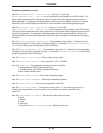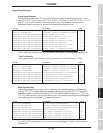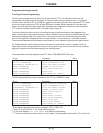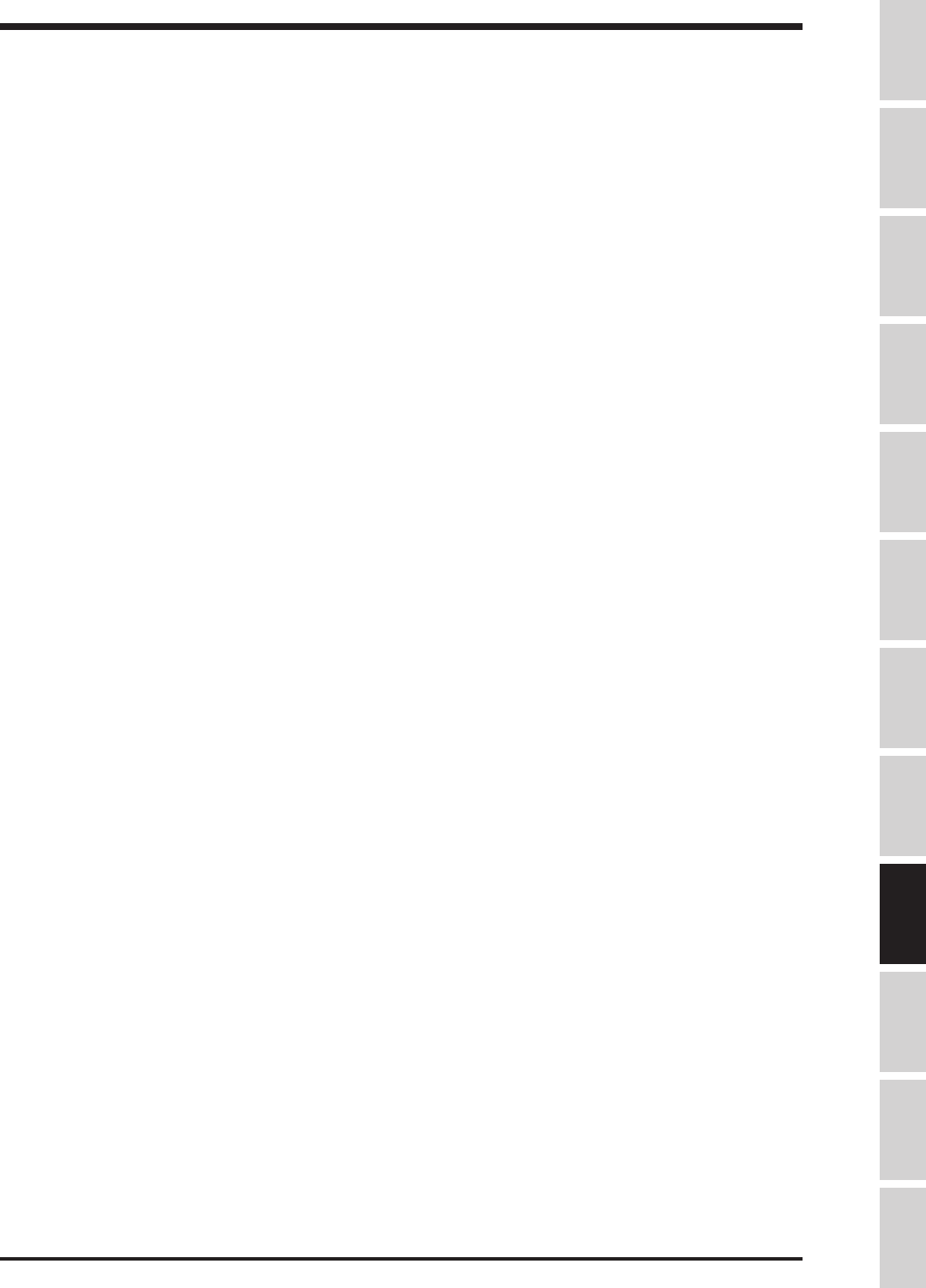
TOSHIBA
9 - 24
Parameter Explanations (cont'd)
Item 275, FM TERMINAL FUNCTION SELECTION (con't) - Choices for "FM" terminal's signal's
function:
0: (
default for "FM"). Pre-compensation reference frequency
.
This is the drive's internal
frequency command and is affected by acc/dec and PID and droop (same as the actual output
frequency displayed on the drive's keypad).
1:
Post-compensation output frequency may be higher than frequency command (drive
overspeeds to compensate for slip in vector control).
2:
Frequency command
.
Use for master/follower. Not affected by stopping or accel/decel.
3:
(default for "AM"). Output current
.
(output amps)
2
=(torque amps)
2
+(excitation amps)
2
4:
DC bus voltage
5:
Output voltage
6:
Torque current. (output current)
2
= (torque current)
2
+ (excitation current)
2
7:
Excitation current
.
(output current)
2
= (torque current)
2
+ (excitation current)
2
8:
PID feedback value. This is the frequency represented by the feedback signal
9:
Motor overload ratio
.
Example: H3 is rated for 150% FLA for 2 minutes. If H3 runs at
150% for 1 minute, this output will be 50%. Drive trips when ration hits 100%.
10:
Inverter overload ratio
.
See example for selection 9 above.
11:
Dynamic braking resistor overload ratio
.
See example for selection 9 above.
12:
Input power
(watts)
13:
Output power
(watts)
14:
Meter calibration setting
15:
Peak output current
.
Peak is reset by cycling power, initiating a run, or resetting drive.
16:
Peak input voltage
.
Peak is reset by cycling power, initiating run, or resetting drive.
Calculated from DC bus.
Item 276, FREQUENCY METER ADJUSTMENT - This setting adjusts the gain of the "FM" terminal. With
Item 275 set to "14" (or Item 277 for the "AM" terminal), press the up/down arrows (ignoring parameter
value shown) until external meter/system reads the following value for the chosen operating variable:
For
post compensation frequency,
adjust until meter/system reads 75% of Item 1, MAXIMUM
OUTPUT FREQUENCY
For
post-compensation output frequency,
adjust until meter/system reads 75% of Item 1,
MAXIMUM OUTPUT FREQUENCY
For
frequency command,
adjust until meter/system reads 75% of Item 1, MAXIMUM OUTPUT
FREQUENCY
For
output current,
adjust until meter/system reads drive rated amps (or 100%)
For
DC bus voltage,
adjust until meter/system 283 VDC for a 230 V drive or 566 VDC for a 460 V
drive.
For
output voltage,
adjust arrows until meter/system reads 200 VAC (or 100%) for a 230 V drive
or 400 VAC (or100%) for a 460 V drive.
For
torque current,
adjust arrows until meter/system reads drive rated amps (or 100%).
For
excitation current,
adjust arrows until meter/system reads
drive rated amps (or 100%).
For
PID feedback value,
adjust arrows until meter/system reads 75% of Item 1, MAXIMUM
OUTPUT FREQUENCY.
For
motor overload ratio,
adjust arrows until meter/system reads 100%.
For
inverter overload ratio,
adjust arrows until meter/system reads 100%.
For
dynamic braking resistor overload ratio,
adjust arrows until meter/system reads 100%.
For
input power,
adjust arrows until meter/system reads 346 X drive FLA for a 230 V drive or 692
X drive FLA for a 460 V drive.
For
output power,
adjust arrows until meter/system reads 346 X drive FLA for a 230 V drive or
692 X drive FLA for a 460 V drive.
For
peak output current,
adjust arrows until meter/system reads drive rated amps (or 100%).
For
peak input voltage,
adjust arrows until meter/system reads 200 VAC for a 230 V drive or 400
VAC for a 460 V drive.
Specifications
Precautions
Wiring
JumpersPanelKeypadParametersProgrammingServiceDimensionsIndex Inspection



